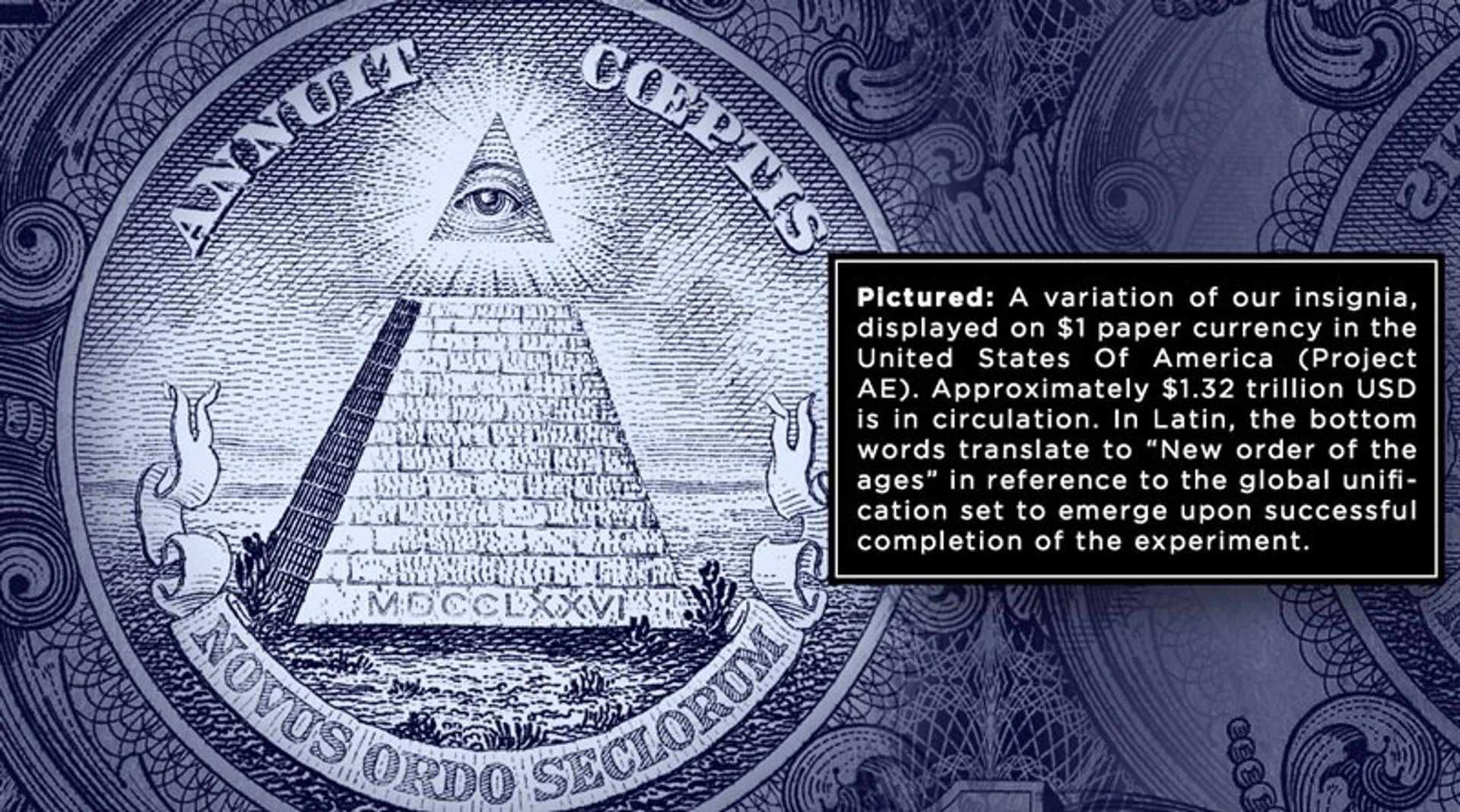
The Talisman's Hidden Powers: Real or Just Myth?
9/2/20255 min read


Understanding the Illuminati Talisman
The Illuminati talisman has become a fascinating subject of discussion, often enveloped in a shroud of myth and speculation. Originating from the Bavarian Illuminati, a secret society established in the late 18th century, the talisman is believed to embody the group's ideals, which aimed at promoting Enlightenment values and intellectualism. Over the years, this symbol has evolved, leading some to associate it with esoteric knowledge and the pursuit of hidden truths.
Historically, the Illuminati has been linked to various conspiracy theories, with the talisman often perceived as a catalyst for power and influence among the elite. Its iconic design, which frequently features geometric patterns and mystical inscriptions, has sparked intrigue and debate about its true purposes. Advocates of the mythos suggest that the talisman grants its bearer access to a network of powerful individuals, serving as a passport to exclusive circles where knowledge and information are shared away from the public eye.
Symbolically, the talisman represents more than mere authority; it embodies a quest for enlightenment and enlightenment through knowledge. The intertwining of these concepts allows for a broader interpretation of the talisman’s significance. For many, it evokes concepts of duality, where the light of knowledge contrasts with the darkness of ignorance. The legends surrounding this talisman also suggest it can provide protection, guidance, and even immortality to its possessor, further solidifying its appeal across cultures and eras.
As a result, the Illuminati talisman continues to captivate the public's imagination, often featured in popular culture, literature, and art. Its aura of mystique is amplified by its ties to power and secrecy, causing it to be a perennial subject of fascination within alternative history narratives. This enduring interest illustrates not only the allure of the talisman itself but also the broader themes of human desire for control and understanding in an increasingly complex world.
The Science Behind Talisman Efficacy
The discussion surrounding talismans often delves into the intersection of science, psychology, and cultural practices. From a scientific perspective, the efficacy of talismans can be analyzed through various lenses, including the placebo effect, belief systems, and personal empowerment. The placebo effect, a well-documented phenomenon, occurs when individuals experience real physiological changes due to their beliefs about a treatment or object, rather than the object’s inherent properties. In the context of talismans, the belief that a particular object can confer protection or bring good fortune may lead individuals to exhibit behaviors that align with their beliefs, potentially leading to positive outcomes.
Furthermore, belief systems play a crucial role in how talismans are perceived and utilized. Many cultures incorporate talismans into their rituals, and these practices can strongly influence the psychological state of the individuals involved. When these beliefs are strongly held, they can lead to a heightened sense of confidence and security, which may be independent of any objective qualities of the talisman itself. This idea resonates with the notion that personal empowerment can be derived from the act of wearing or carrying a talisman. Individuals reporting a sense of control over their lives may attribute it to the influence of their talisman, reinforcing their self-efficacy and contributing to their overall well-being.
Several studies have investigated the impact of talismans and similar objects on psychological outcomes. For instance, research has shown that engaging in rituals can significantly reduce anxiety levels in performance-related situations, suggesting that the psychological comfort provided by a talisman may indeed have measurable benefits. Moreover, cultural narratives surrounding talismans often enrich the human experience by creating a shared sense of meaning and purpose. Overall, while empirical evidence may be mixed regarding the tangible powers of talismans, the psychological and sociocultural factors at play offer valuable insights into their perceived efficacy.
Real-Life Experiences and Testimonials
Across various communities, numerous individuals have stepped forward to share their personal experiences with the Illuminati talisman. Many of these anecdotes highlight profound transformations, stemming from an enhanced sense of clarity in decision-making and a renewed connection to a greater purpose. For instance, one user, reflecting on their journey, described how wearing the talisman provided a newfound focus that enabled them to navigate life's challenges with increased confidence. They reported that decisions, which once seemed daunting, became clearer, attributing this change directly to the influence of the talisman in their life.
Moreover, testimonials often revolve around themes of personal growth. Individuals have recounted stories where the talisman seemingly acted as a catalyst for self-discovery, pushing them to pursue goals they had previously shelved or deemed unattainable. One such account detailed a person's journey from a monotonous career to a thriving creative path, claiming that the talisman fostered a sense of purpose and direction they had long awaited. These narratives frequently emphasize a deeply personal bond with the talisman, suggesting a belief in its metaphysical properties and potential effect on their overall outlook.
However, the experiences are not uniformly positive. Some skeptics argue that the reported transformations could simply be attributed to psychological factors, such as the placebo effect or the power of positive thinking. They contend that the significant changes described may arise from individuals’ motivations to ascribe meaning to their circumstances, rather than from the talisman itself. This ongoing discourse highlights a broader theme: while some individuals firmly believe in the authentic powers of the Illuminati talisman, others maintain a critical perspective, urging cautious examination before accepting these transformative claims as universally valid.
Conclusion: Myth or Reality?
Throughout this exploration of the Illuminati talisman, we have delved into its origins, its cultural significance, and the beliefs surrounding its purported powers. As we assess whether the powers attributed to the talisman are real or simply artifacts of myth, it is essential to recognize the multifaceted nature of such symbols. Evidence surrounding the talisman ranges from historical accounts to anecdotal experiences, each contributing to the broader narrative surrounding this intriguing object.
The discussion of the Illuminati talisman raises questions about the psychological dimensions of belief. For many, the existence of a talisman imbued with protective or empowering properties may provide a sense of agency in an unpredictable world. Whether or not the powers ascribed to the talisman are objectively real may be less significant than the impact the belief in such a symbol has on individuals. The psychological benefits of believing in the talisman's abilities can foster personal empowerment, resilience, and motivation, allowing individuals to navigate their lives with increased strength.
Furthermore, the allure of the Illuminati talisman taps into broader themes of human curiosity and spirituality. Its connection to secret societies and esoteric traditions encourages a deeper reflection on personal values, beliefs, and the mysterious forces that govern our experiences. As readers consider their perspectives on the talisman, they may find themselves contemplating not merely its physical existence but its deeper resonance within contemporary society.
In conclusion, the Illuminati talisman stands at the intersection of myth and reality, embodying symbolic significance for some while remaining a mere curiosity for others. Whether it is perceived as a powerful emblem or an artifact of cultural lore, the talisman's enduring appeal invites an ongoing dialogue about belief, empowerment, and the human experience.
Unity
Join our journey towards enlightenment and connection.
Legacy
Council
© 2025. All rights reserved.
